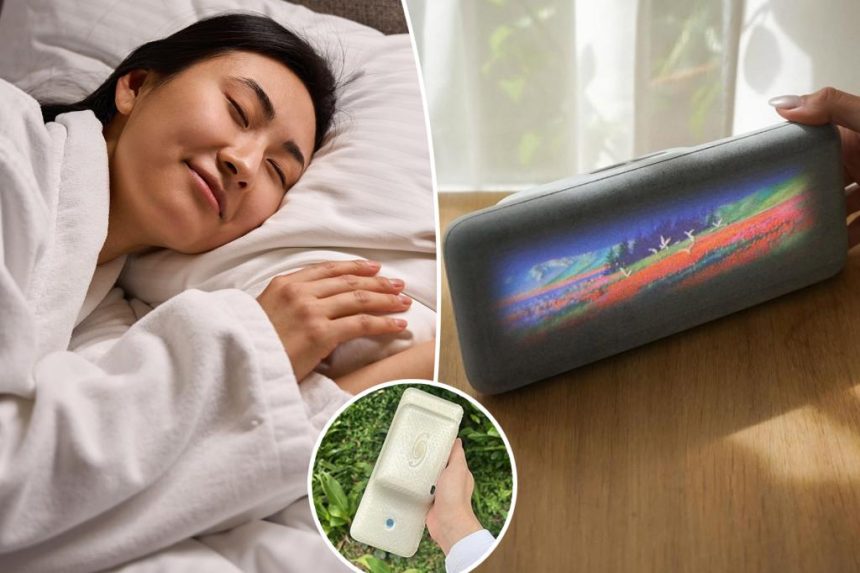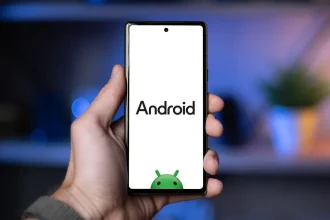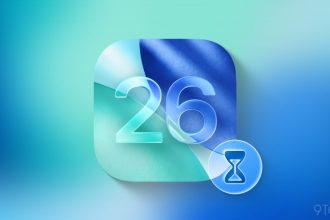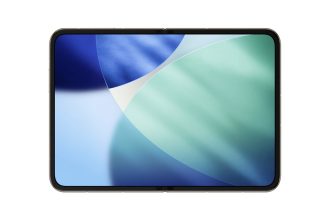Dutch design studio Modem has unveiled an intriguing new project called the Dream Recorder. This innovative device allows users to visualize interpretations of their dreams using advanced technology, specifically a video AI model that converts spoken descriptions into images.
Sleepers with a penchant for nostalgia can preserve their dreams in one of the seven available memory slots by simply activating the record button and verbally narrating their experiences. Following this, the Dream Recorder generates a brief, low-definition, impressionistic representation of the dream, designed to evoke feelings of nostalgia and comfort.
“Dreaming is one of the rare experiences shared by all people. Everyone dreams, which makes it powerful territory to explore. The fascination has always been there,” remarked Modem co-founder Bas van de Poel in an interview with Newsweek. “What’s changed is the technology. For the first time, we have tools capable of giving shape to the subconscious, turning the invisible into something we can see, and maybe even begin to understand.”
While smartwatches, sensors, and wellness apps abound, van de Poel pointed out that existing tools “stop at documentation,” whereas the Dream Recorder goes a step further by translating dreams into visual form. However, there’s a significant twist: the Dream Recorder is not a standard retail product; users must assemble it themselves.
The device is DIY-oriented, featuring open-source code and a 3D-printed enclosure. Potential buyers can access a shopping list, totaling around $333, which is available on the company’s GitHub page. Programmers are also encouraged to contribute their insights, code, or AI advancements to assist the project’s development team.
Modem has provided detailed, photo-guided instructions to simplify the assembly process. The creators envision the Dream Recorder as a tool for serenity, aiming to offer a moment of introspection amid the rapid pace of modern life. “It’s not designed for endless accumulation, but for reflecting on the meanings of your dreams as they echo into waking life,” van de Poel explained, highlighting the device’s limited memory slots that retain data for just seven days. “No distractions, no feeds; just a quiet moment to reflect and reconnect with your subconscious,” he concluded.
Despite only 11% of Americans consistently remembering their dreams, ongoing research continues to provide insights into this enigmatic aspect of human experience. A recent study published in early 2025 in the journal Communications Psychology found that specific traits can enhance dream recall. Individuals with optimistic views on dreaming, those prone to daydreaming, and younger people who spend more time in lighter sleep stages tend to remember their dreams more vividly.
The Dream Recorder, designed to be small, lightweight, and aesthetically pleasing, can seamlessly fit on a bedside table and includes a clock function.AI








